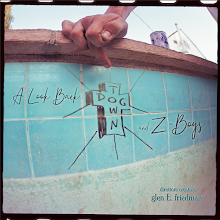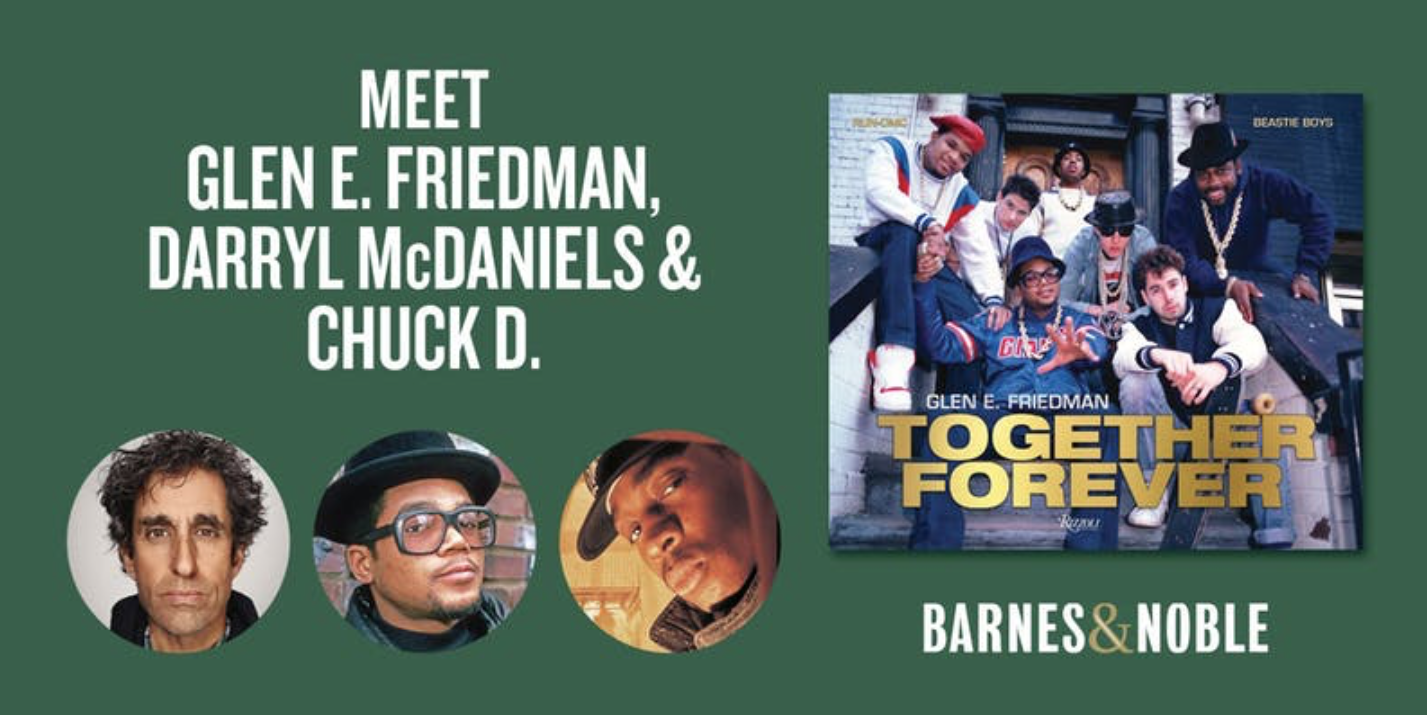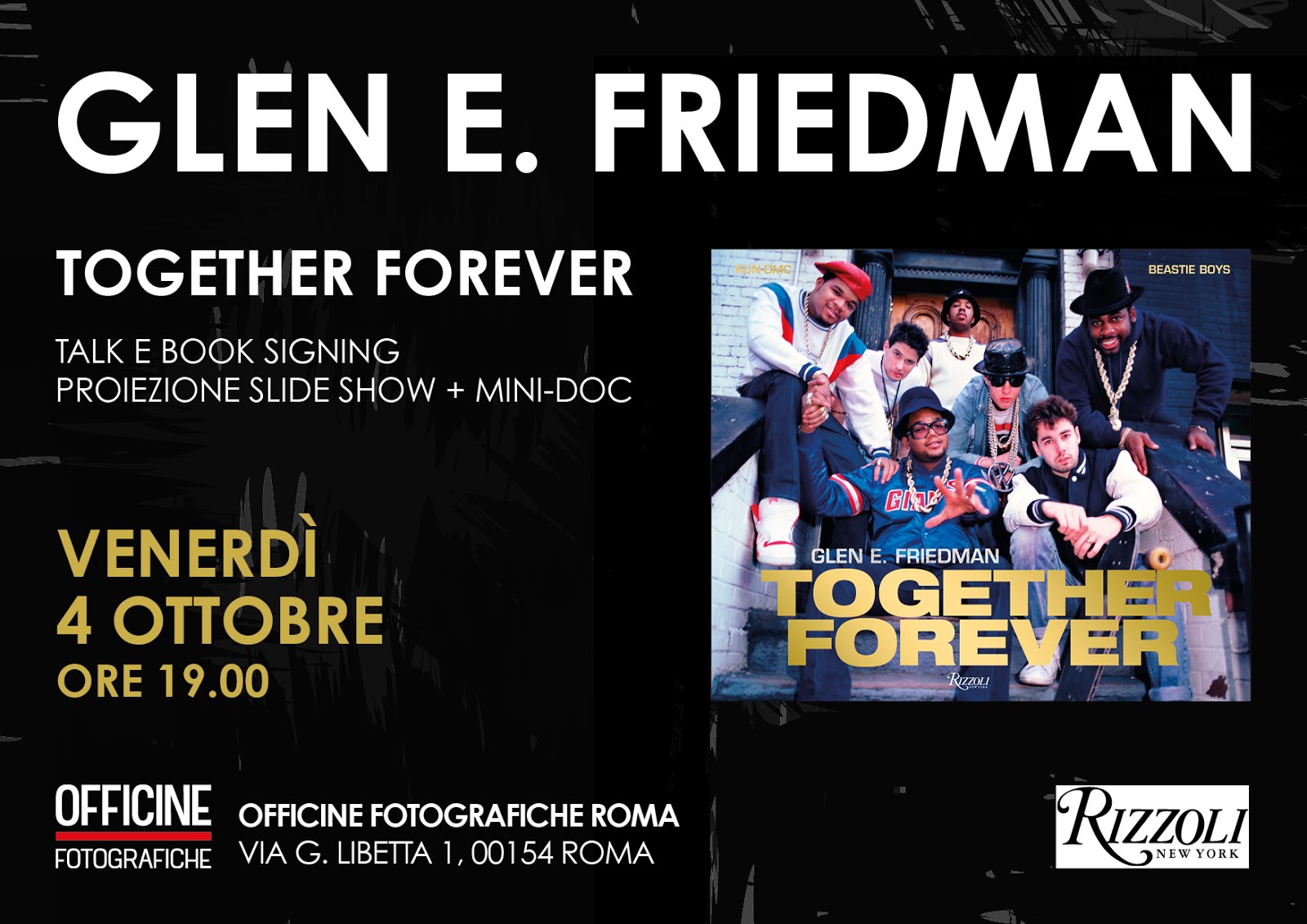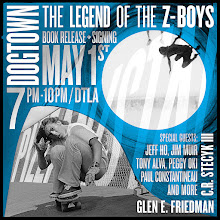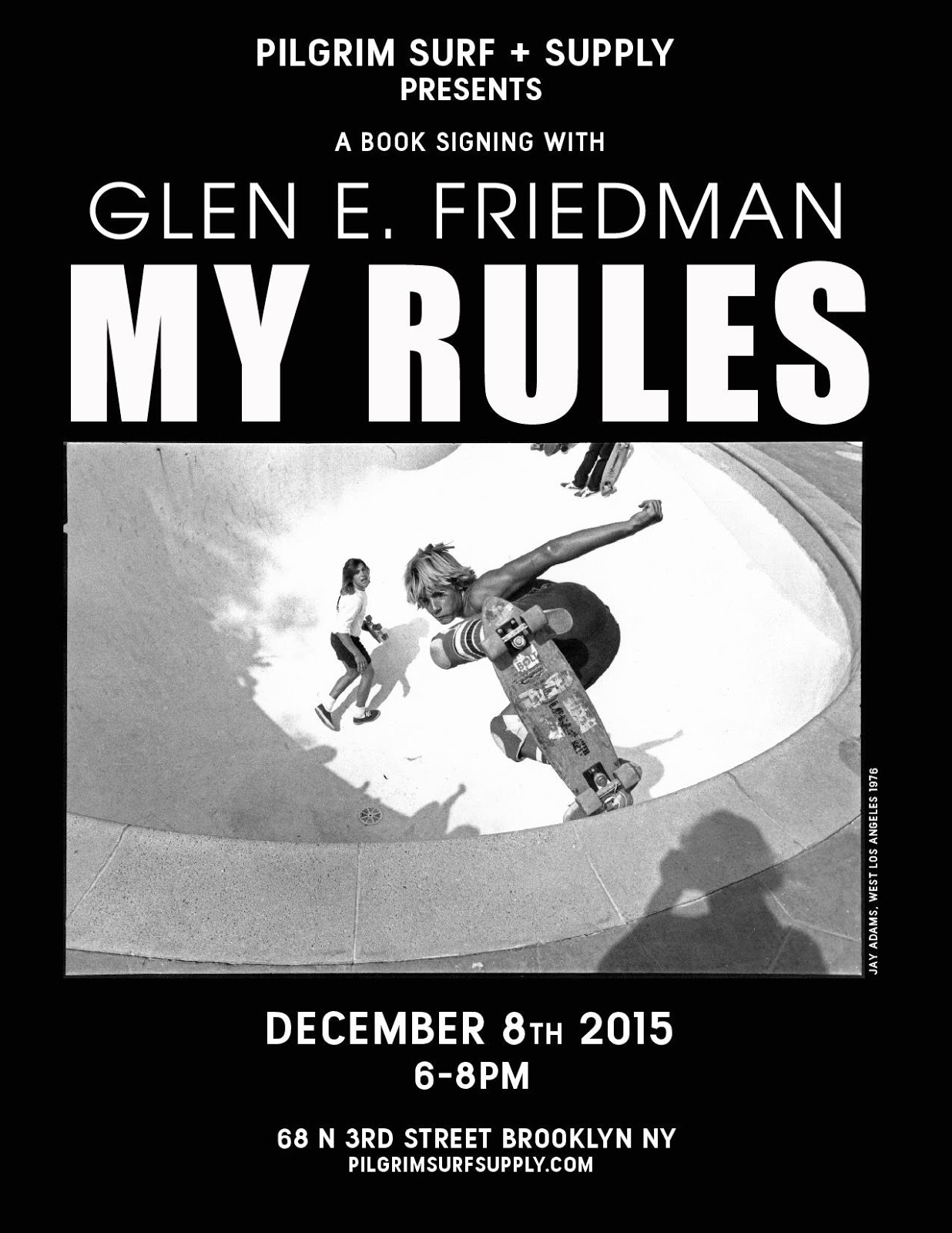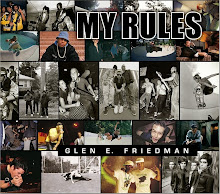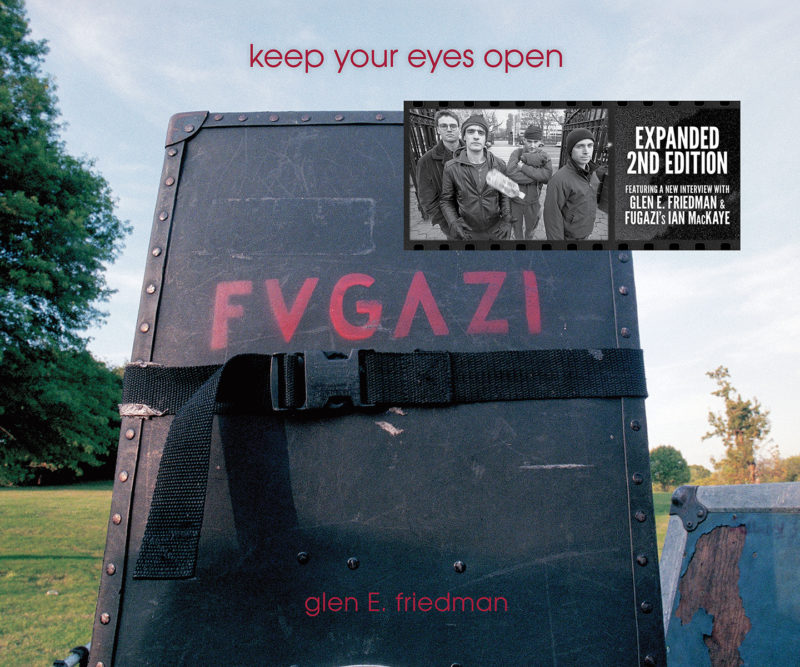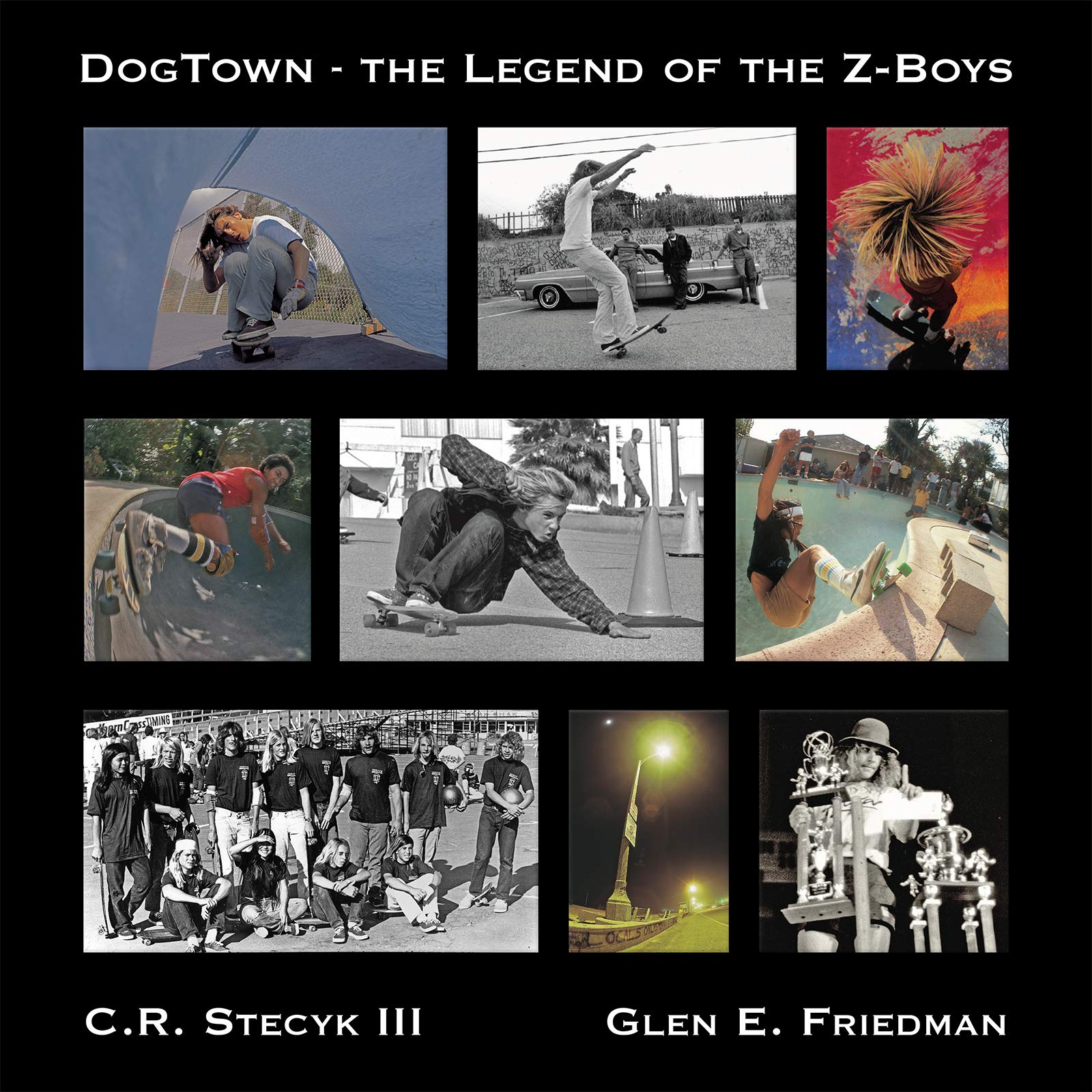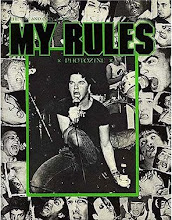 Martin Luther King, Jr.'s Birthday
Martin Luther King, Jr.'s Birthday
January 15th, 2012 @ 7:00pm in Each Time Zone GloballyVia
J15global.com: On his birthday and in the spirit of Dr. King's vision for racial and economic equality, peace, and non-violence, we are holding candlelight vigils to unite our world in a global movement for systemic change.
Wherever we may be, whether in our homes, in city squares, online, Occupies, or at work, we lift a beautiful message high above the political dialogue. We light the dream of a more equitable world in our hearts. We can overcome!
Dr. King said "A true revolution of values will soon look uneasily on the glaring contrast of poverty and wealth. With righteous indignation, it will look across the seas and say: 'This is not just.' "
Vigils are being organized around the world -- from California to Cairo, New York to New Orleans, Germany to Nova Scotia. Pete Seeger, K'naan, Ramy Essam, Sol Guy, Joan Baez, Steve Earle and many more have committed their support.
We gather to empower a great and global dream, a dream we have all dreamt of for thousands of years. We will sing, because freedom songs are the soul of the movement.. Together, we will make the dream a reality.
Help turn this moment into a world-wide wave of light:
Like our
Facebook page and share with your friends.
Follow
@J15global on Twitter.
Call a friend and make a plan to light a candle together.
Organize a vigil on your block or in your town.
Return to Facebook to post your ideas and see what others are planning.














































